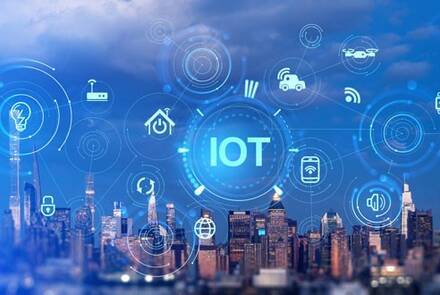Blended Learning: Combining the Best of Digital and Offline Learning
In the ever-evolving landscape of education, a powerful hybrid approach known as blended learning is gaining prominence. Blending the best elements of traditional and digital education, this innovative method offers a dynamic and personalized learning experience for students. Let's delve into the concept of blended learning and explore how the synergy of traditional and digital methods is reshaping the educational landscape.
Defining Blended Learning:
Blended learning, also known as hybrid learning, combines traditional face-to-face instruction with digital elements. It seeks to leverage the strengths of both approaches, creating a flexible and adaptive learning environment. The goal is to enhance the educational experience by incorporating technology without completely replacing traditional teaching methods.
The Pillars of Blended Learning:
Blended learning typically consists of in-person classroom sessions complemented by online activities and resources. The blend can vary, with different models such as the "Flipped Classroom," where traditional lectures are moved online, and class time is dedicated to discussions and application of knowledge.
Flexibility for Diverse Learning Styles:
One of the key benefits of blended learning is its ability to cater to diverse learning styles. Traditional methods provide a structured and interactive classroom experience, while digital components offer flexibility for self-paced learning. This flexibility allows students to engage with the material in a way that best suits their individual preferences and needs.
Personalized Learning Pathways:
The integration of digital tools in blended learning allows for personalized learning pathways. Adaptive learning platforms and online assessments analyze individual student performance, tailoring content to address specific strengths and weaknesses. This customization ensures that each student receives targeted support, promoting a more effective and efficient learning journey.
Enhanced Interaction and Engagement:
Blended learning promotes active engagement through a variety of mediums. In-class discussions, group activities, and hands-on experiences are coupled with digital tools such as interactive simulations, educational games, and multimedia resources. This combination keeps students actively involved in the learning process, fostering a deeper understanding of the subject matter.
Access to a Global Learning Community:
Blended learning opens the door to a global learning community. Online discussions, collaborative projects, and virtual interactions with peers from different parts of the world enrich the educational experience (See also: Ensuring Accessibility and Inclusivity in Digital Learning). This interconnectedness prepares students for a globalized society and encourages the exchange of diverse perspectives.
Preparation for the Digital Age:
As the world becomes increasingly digital, blended learning equips students with essential digital literacy skills. By navigating online platforms, collaborating virtually, and leveraging digital resources, students develop the technological proficiency needed for success in the 21st century workforce.
Blended learning represents a harmonious convergence of tradition and innovation in education. By combining the strengths of face-to-face instruction with the flexibility and interactivity of digital tools, blended learning offers a holistic and adaptive approach to learning. As we embrace the era of blended education, the future of learning is marked by a harmonious blend of the best of both worlds, providing students with a well-rounded and future-ready educational experience.
For more information about Trigyn’s Digital Learning Solutions, Contact Us.






